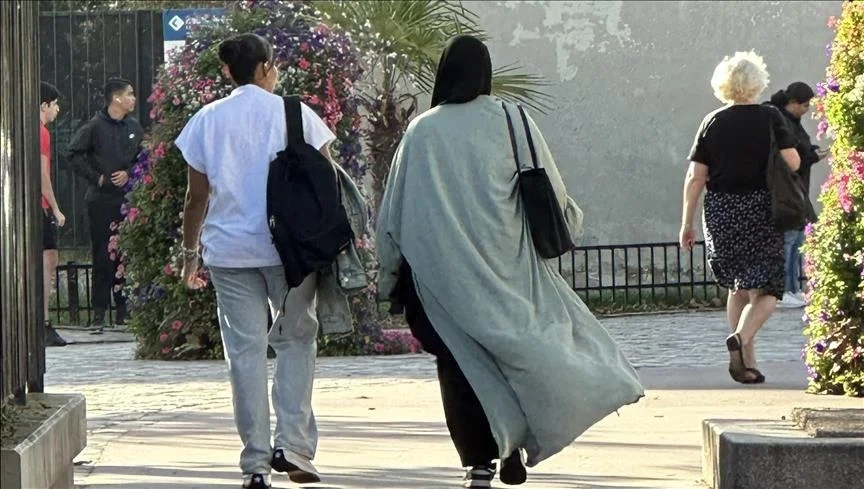France’s recent ban on the wearing of traditional overgarments known as abayas, particularly targeting schoolgirls, has come under scrutiny from the US Commission on International Religious Freedom (USCIRF). The US government advisory panel has condemned the ban, describing it as a “misguided attempt to promote the French value of laicite,” which represents France’s official secularism. The USCIRF’s chair, Abraham Cooper, expressed concerns that the ban on abayas was designed to “intimidate” the Muslim minority in France rather than promoting genuine secularism.
The ban on abayas for schoolgirls was announced by French Education Minister Gabriel Attal, sparking controversy and debate. While France had previously banned schoolchildren from displaying “signs or outfits by which students ostensibly show a religious affiliation,” leading to prohibitions on headscarves, turbans, large crosses, and kippas in schools in 2004, abayas had previously existed in a gray area. Some women wore abayas as a cultural expression rather than solely for religious reasons.
Extremist-right politicians in France have advocated for even broader restrictions, including a ban on wearing veils in public spaces. Notably, far-right leader Marine Le Pen has campaigned for such restrictions.
Within France, the ban on abayas received criticism from certain Muslim leaders and left-wing political leader Jean-Luc Melenchon, who viewed it as a divisive move intended to sow discord.
The USCIRF, comprising appointees from both major US political parties, plays a role in providing recommendations to the US government on international religious freedom matters. However, some of its recommendations, including those related to India, have not always been followed by the US State Department.
While both France and the United States maintain a separation of church and state, their interpretations of secularism differ significantly. In the United States, the government imposes fewer restrictions related to religion, allowing for a broader range of religious practices and expressions.




